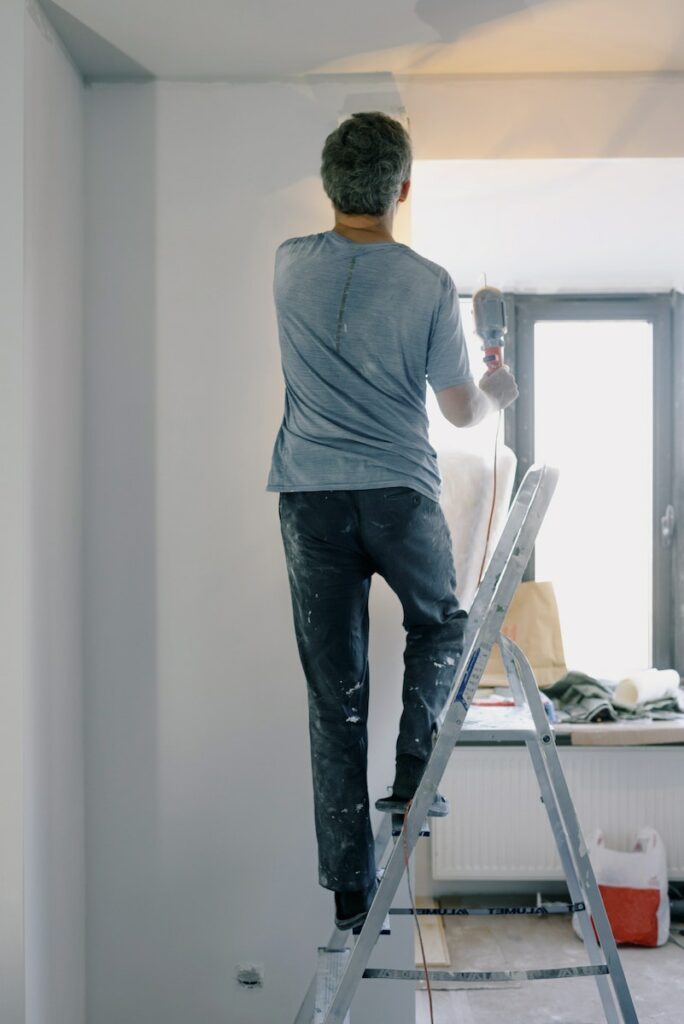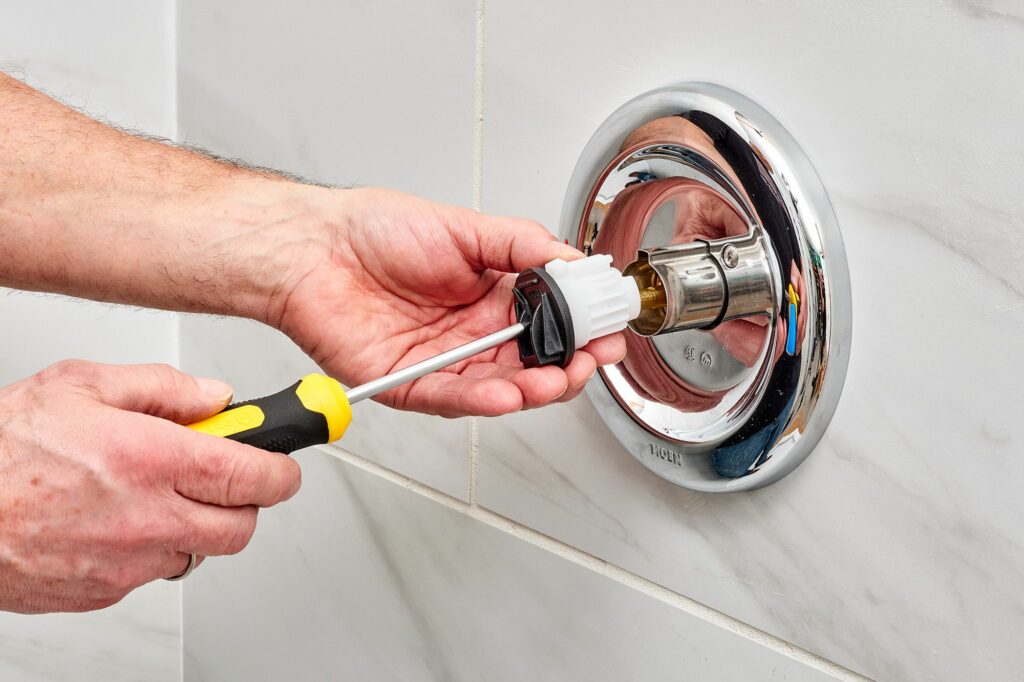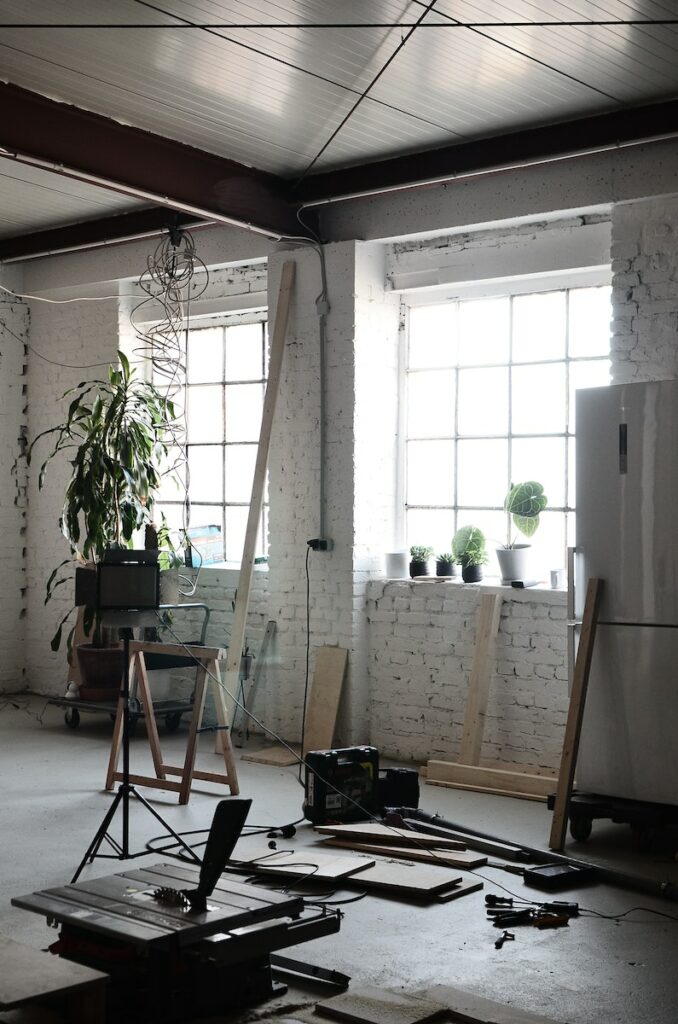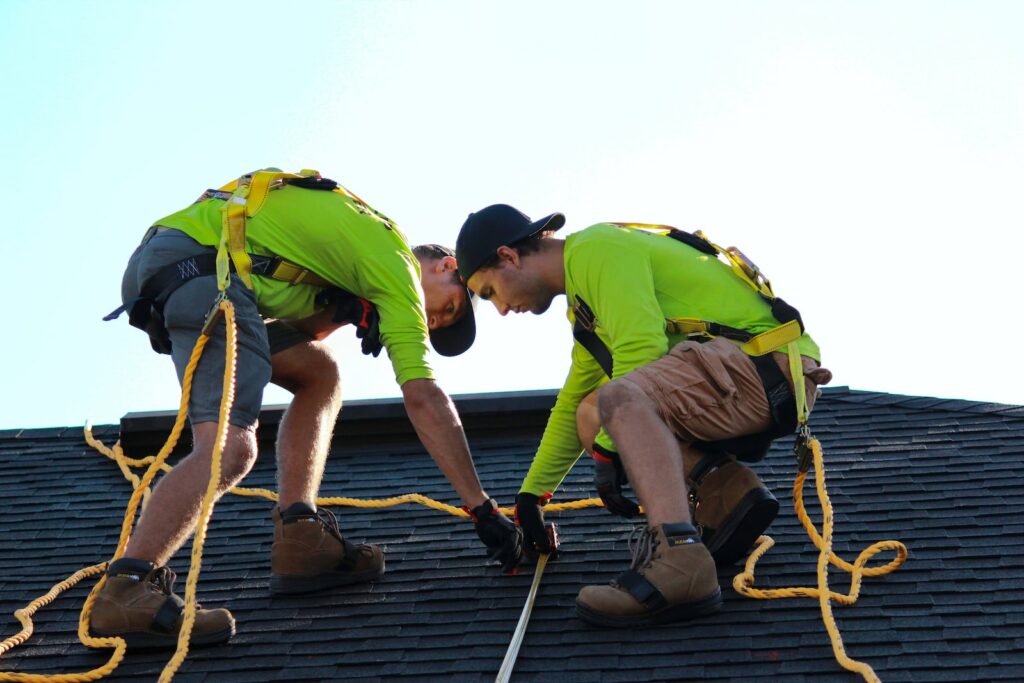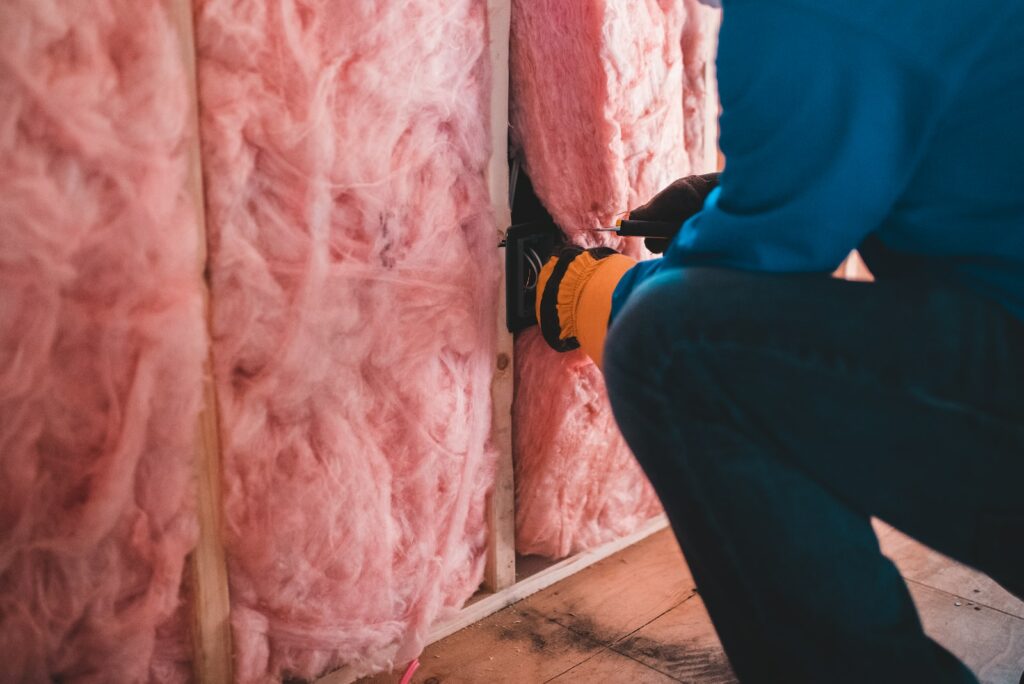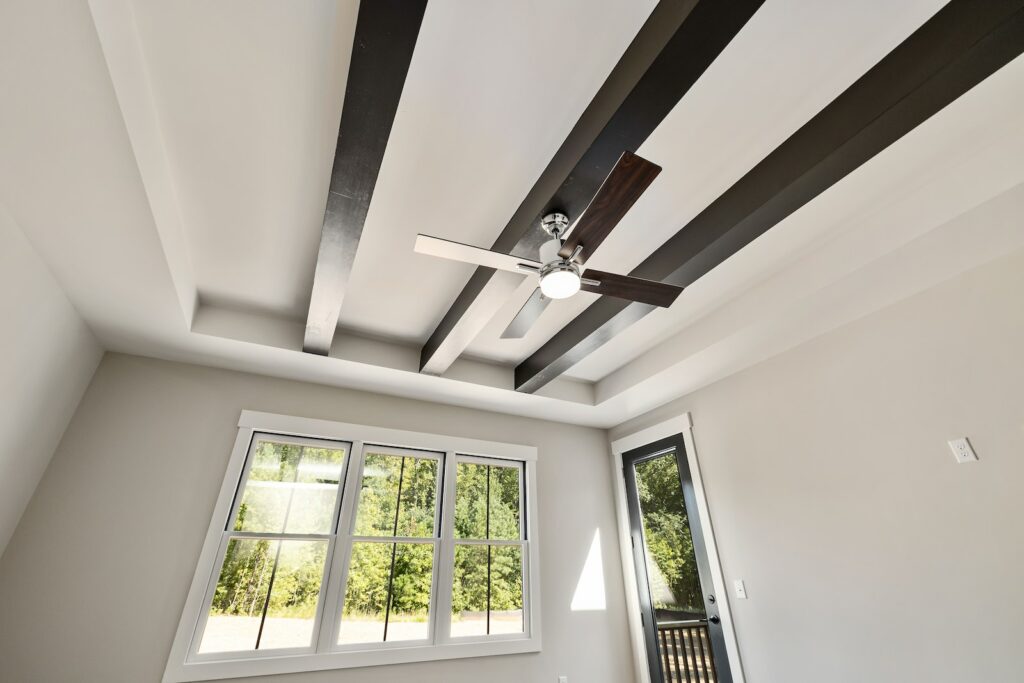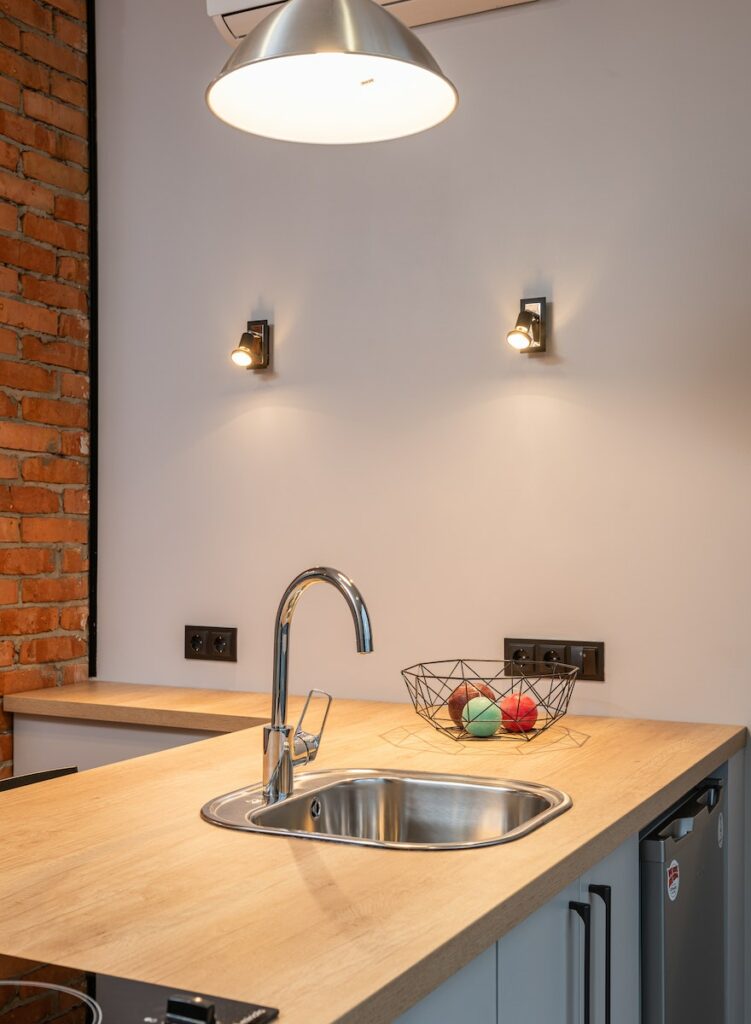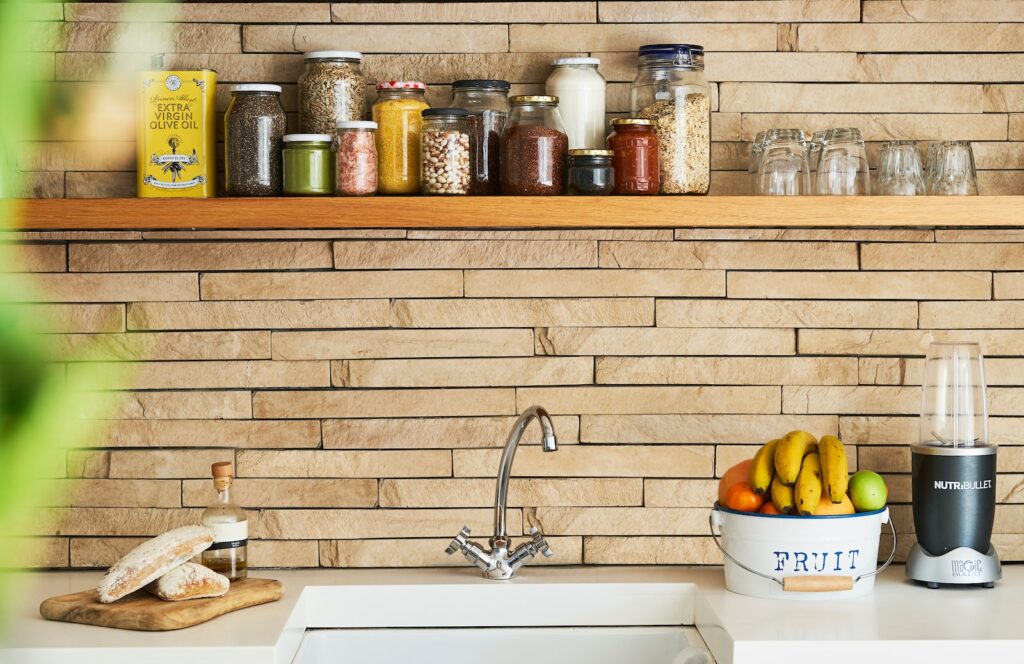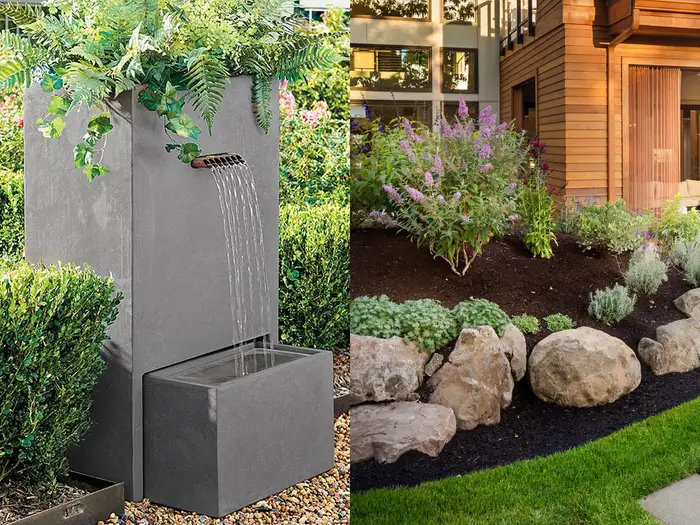The Ultimate Guide to Home Repairs
When you own a home, repairs are a fact of life. Even if you’re a seasoned DIYer, it pays to know the right way to go about home repairs. Doing them right will save you time, stress, and money. This guide will show you how to tackle the most common home repairs, from plumbing and electrical to carpentry and painting.
Why Should I Do Home Repairs?
Doing home repairs yourself can save you a lot of money. In most cases, you won’t have to shell out for the cost of labor, and the materials you need won’t cost more than a few hundred dollars for most repairs. Plus, you’ll have the satisfaction of having done the work yourself.
However, if you don’t have the skills or experience to do the repair yourself, it’s essential to hire a professional contractor. Not only will they be able to do the job correctly, but they’ll also have the right tools, materials, and methods to get it done right the first time.
What Home Repairs Can I Do?
Before you start doing home repairs, take stock of what needs to be done. Start with the most pressing repairs and work your way down the list. The following is an overview of the most common home repairs:
Plumbing
If you have leaky pipes or a clogged drain, basic plumbing repairs can be done yourself. You’ll need some basic tools (such as a pipe wrench, adjustable wrench, and slip joint pliers) and materials (such as pipe sealant, pipe dope, and Teflon tape).
To repair a leaky pipe, start by turning off the water and draining the pipes. Once the pipes are drained, use a wrench to loosen the joint and apply pipe sealant to the threads. Tighten the connection and then turn the water back on to inspect for leaks.
To unclog a drain, use a plunger to try to dislodge the obstruction. If the plunger doesn’t work, use a plumbing snake or chemical drain cleaner.
Electrical
Electrical repairs can be dangerous so it’s best to hire a qualified electrician to do the job. However, there are some basic electrical repairs you can do yourself. You’ll need a voltmeter and a few basic tools (such as wire cutters, a screwdriver, and lineman’s pliers).
To replace a light switch, start by turning off the power and removing the switch cover. Unscrew the mounting screws and remove the old switch. Install the new switch and attach it to the wall. Finally, turn the power back on and check the switch to make sure it’s working properly.
Carpentry
Carpentry repairs can be intimidating, but they’re easily within the scope of the DIYer with a little bit of instruction. You’ll need a saw, chisels, hammer, screwdriver, and other small tools.
To repair a door that’s sticking, start by removing any paint or varnish that’s built up on the edges. Sand the edges until they’re smooth and then use a chisel to create a slight bevel. Once the bevel is created, use a hammer to tap the edge of the door until it fits properly in the door frame.
Painting
Painting is one of the simplest home repairs, but it’s still important to do it right. You’ll need a few basic supplies: a paint roller and brush, paint, primer, drop cloths, and painter’s tape.
To paint a room, start by removing all of the furniture, drapes, and other items. Cover the floor and walls with the drop cloths and then use painter’s tape to cover any trim, electrical outlets, and other fixtures. Next, apply a coat of primer and let it dry according to the manufacturer’s instructions. Then apply two coats of paint, allowing each coat to dry in between. Finally, remove the painter’s tape and return the furniture and drapery to the room.
How Much Time and Money is Required?
The amount of time and money required for home repairs varies depending on the job. Plumbing and electrical repairs are typically the most expensive, so it’s best to hire a professional for these jobs. Carpentry and painting repairs are typically less expensive and can be done in a few hours.
Precautions to Note
When doing home repairs, it’s important to follow safety precautions. Wear safety glasses when using any power tools or working with electricity or plumbing. Wear gloves to protect your hands and wear a dust mask when sanding or sawing. Finally, be sure to follow all manufacturer’s instructions when installing any new materials.
Conclusion
Home repairs don’t have to be an intimidating undertaking. With a little knowledge and the right tools, you can tackle most repairs with confidence. This guide has shown you the most common home repairs and how to tackle them. Now it’s up to you to get started.

